Growing and caring for turnips in the open field, planting dates, how much it grows and when it ripens
This nutritious vegetable is rich in vitamin C and other trace minerals. It is so unpretentious that growing and caring for turnips in the open field is within the power of even a beginner. Of course, if he listens to the advice of experienced vegetable growers.
Characteristics and features of turnips
Turnip is a native of Western Asia. The age of the root crop, according to experts, is at least four millennia. In any case, the ancient Romans, who belonged to the estates of the poor, were well aware of the existence of the turnip. Uncomplicated agricultural technology ensured a good yield of the root crop. It was baked, boiled, steamed, stewed, stuffed ...
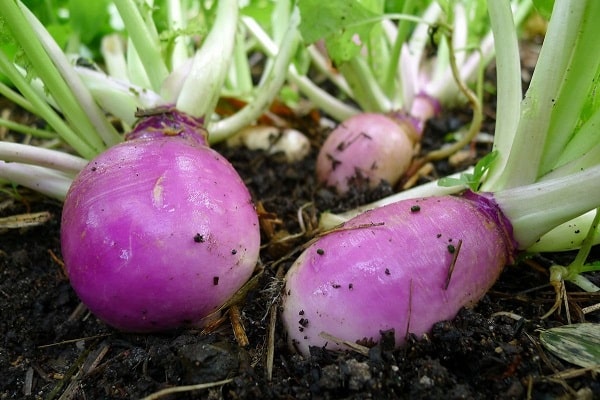
The rhizome of turnip is used for food - a fleshy root vegetable. There are many foliage on the high stem of the plant: at the root they grow stiff-haired, long-petiolate and pinnately incised, and above they are serrated and slightly pubescent (or glabrous).
In the first year of a turnip's life, only its rhizome and root foliage are actively developing. Flowers with golden yellow petals appear only in the second year. From the flowers, short pods develop, inside of which dark red seeds ripen, shaped like irregular balls.
Fodder turnip varieties are called "turnips".
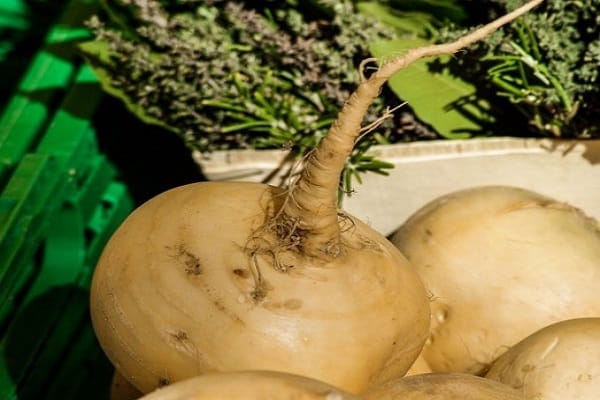
Useful properties of the plant
Traditional healers of antiquity used turnips as a powerful anti-inflammatory agent. Today, the plant is widely used for preventive purposes and to cure colds. The expectorant and soothing properties of turnips are also well known.
Important! The main wealth of this root vegetable is glucoraphanin. This antioxidant is able to prevent the formation of malignant tumors.
Turnip is a source of mineral salts, acids, vitamins and other trace elements. It is especially rich in potassium, calcium, iron, phosphorus, carotene and magnesium in its roots.
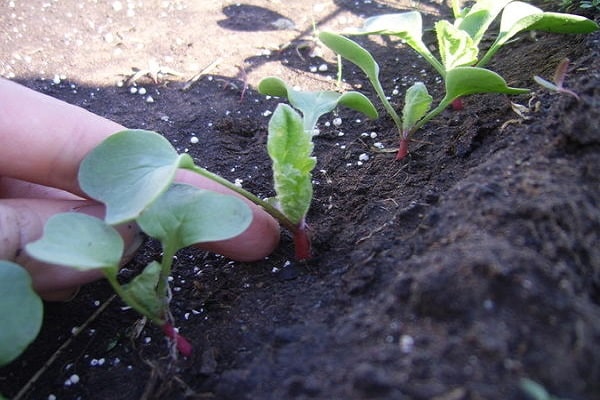
What turnips are we going to plant?
All varieties of turnips are subdivided into table and feed. A special place in the list of the first is occupied by the group of salad vegetables. If only the rhizome is the edible part of table species, then salad is used entirely - both tops and roots are suitable for food.
According to the ripening period, turnip varieties are divided into early (they become suitable for eating in one and a half to two months), mid-season (ripen in two to three months) and late (ripen for more than 90 days). Each species has its own taste.
Below is a list of the most popular varieties:
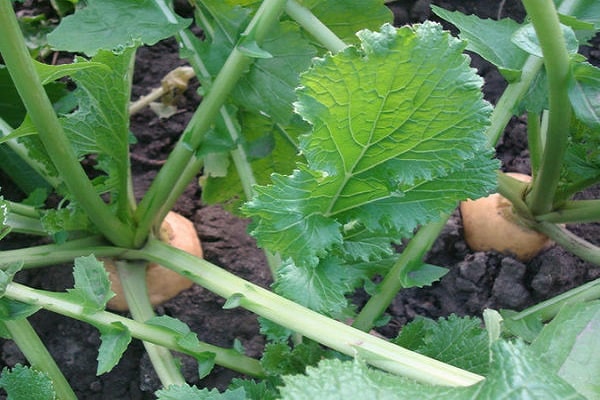
- White Night. The so-called white turnip (it got its name due to the corresponding color of the pulp), bred by Czech breeders. Average weight is 0.5 kilograms.
- Petrovskaya-1. Fruits are yellow, slightly flattened, sweetish. Suitable for long-term storage. Medium grade.
- Snow Maiden. Early salad thin-skinned root vegetable (its average weight is 60 grams or less). The distinctive characteristics of this variety are juicy pulp and tender leaves.
- Geisha. Early maturing and cold-resistant lettuce turnip. The average weight of the rounded rhizome can reach 200 grams. The root and foliage of this variety are devoid of the bitterness characteristic of the Russian turnip.
- Sapphire. Salad root vegetable with delicate leaves.
- May yellow green-headed. Not used for storage, "early maturation". Popular for its juicy pulp.
- Golden ball. Average weight - 150 grams. The root vegetable is yellow, round, smooth. Early grade. Under the delicate skin is juicy pulp.
- Snow White. Can grow and mature in shaded areas. The leaves can be used for salads. The root crop is white, juicy. The average weight can be up to 80 grams. Early grade.
- Purple early maturing. The weight of the root crop at the time of full ripening can reach 65-90 grams. The diameter of a ripe specimen is 8-12 centimeters. This variety can be distinguished from the rest by its purple top. The juicy flesh of the root vegetable is white.
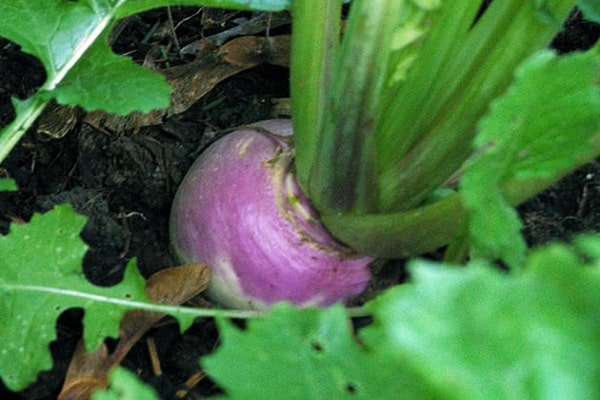
When to plant a crop?
Turnip planting time and its ripening depend not only on climatic characteristics, but also on the purpose for which the planting is undertaken.
For example, in the Moscow region, seedlings are planted in the ground in the last days of April or at the beginning of May to eat turnips in the summer. Planting specimens, which should serve as supplies for the winter, are carried out in open ground from late June to mid-summer. In Siberia and the Urals, the planting deadline is the first week of July.
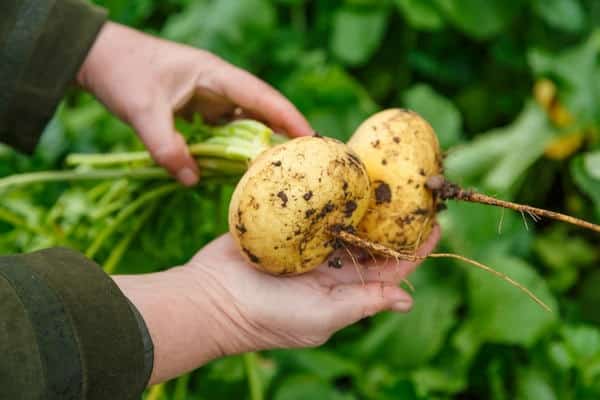
Experienced farmers know that seeds of early varieties will germinate 2-3 weeks ahead of schedule, if sown before the onset of winter cold. With the arrival of spring, young shoots will appear from under the ground, even if the thermometer does not rise above 5 ° C.
If the soil temperature warms up to 18 degrees, the first shoots will appear in just a couple of days.
It has been noticed that when planting fresh seeds, care for turnips can be minimized. The vegetable will show such properties as excellent germination, provided that the seeds were soaked in warm water (or a weak solution of potassium permanganate) before planting, and then completely dried.

Growing turnips in the open field
Some gardeners, given the small size of turnip seeds, consider it necessary to mix them with sand before sowing in a country cottage. As a result, seedlings do not germinate in close proximity to each other. A teaspoon of seeds requires half a glass of sand. The seeds prepared in this way are sown into two thin paths, keeping a distance of 20 centimeters between them.
The traditional seeding method is slightly different from the method mentioned above. To grow a root crop, before planting the seeds, the soil is first loosened, tamped, and then two parallel grooves with a depth of 1 or 2 centimeters are drawn. The grains are sown in such a way that two seeds are laid on one centimeter. The distance between the grooves is 20 centimeters.
Important! Some gardeners, given the small size of the seeds, glue them with paste to paper tape.
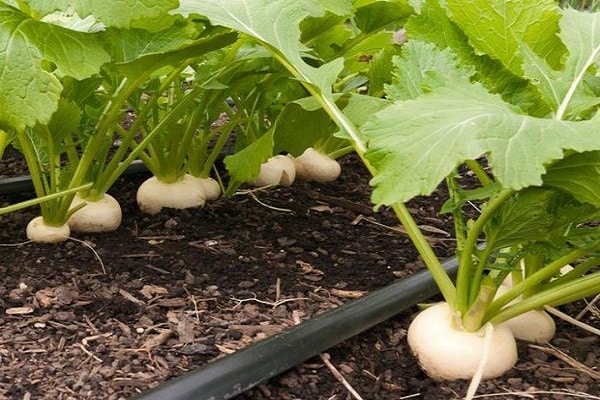
Sowing seeds
Sow seeds before winter, produce it before the onset of cold weather. The depth of the grooves is slightly increased, and the crops are covered with sand or pre-prepared peat. Covering seeds with frozen soil is strongly discouraged. During the winter months, they will be subjected to a kind of natural selection and the most resistant ones will sprout with the onset of spring.
The sowing lines are marked with landmarks, and as soon as the ground is covered with snow, an even layer of it is thrown onto the "paths" with seeds.
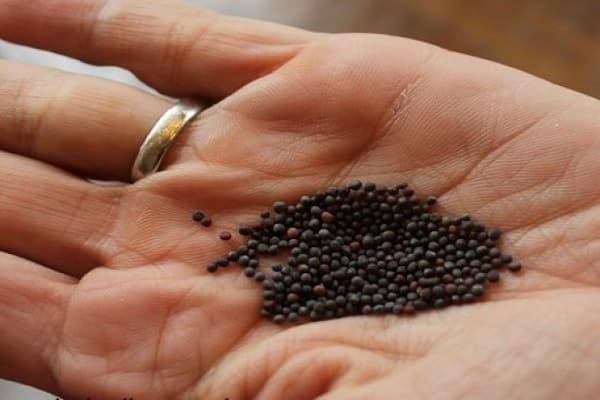
Growing seedlings
Seeds for seedlings are germinated in peat tablets or containers filled with soil mixture purchased from a specialized store.
Before planting the seeds, the tablets must be prepared - soaked in water and wait for the peat mixture to swell. One tablet can germinate up to 4 seeds. This kind of "incubator" is wrapped in polyethylene and left out of the reach of direct sunlight. The recommended room temperature is 10-15 ° C.
From time to time, the film is raised, providing ventilation to the crops, and moisture to the soil.
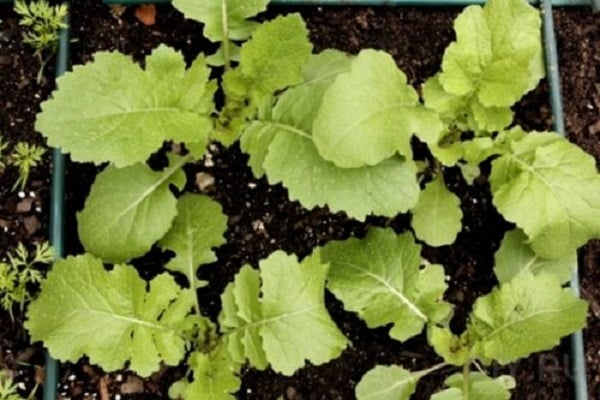
After the cotyledons open, the seedlings are thinned out, removing weak and non-viable seedlings. Further care for the sprouts is reduced to watering, feeding and loosening the soil.
Two weeks before disembarkation, the seedlings are tempered: they are systematically taken out into the air, gradually increasing the duration of stay. If the temperature permits, the seedlings are left outside for the night.
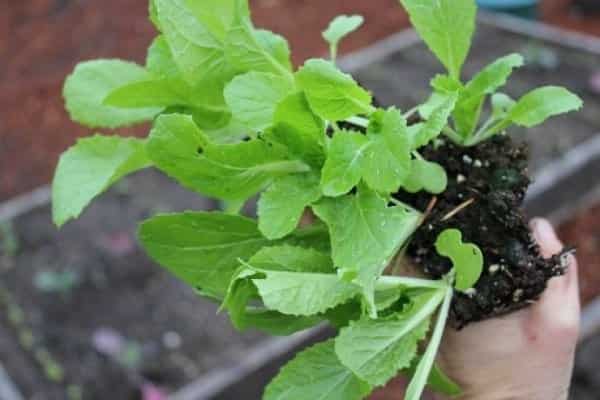
Soil preparation
Turnip “prefers” light clay neutral soil. In this regard, the soil, characterized by high acidity, is mixed with lime.
The root crop will take root well in the beds where cucumbers, tomatoes and potatoes were previously ripe. Areas of a backyard farm where horseradish, daikon, watercress, radish, radish, all types of cabbage and ... turnips were grown are categorically not suitable for planting turnips. The ban is explained by the fact that these cultures have common enemies and their susceptibility to the same diseases.
The terrain on which this moisture-loving root crop will feel great should be flat or low.
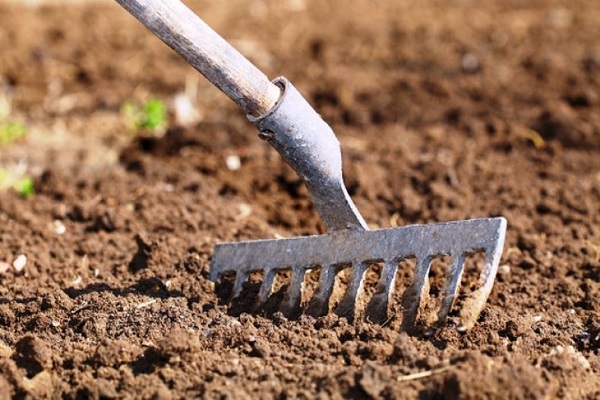
Turnip pick
Seedlings are so delicate that picking after planting in the open field can become a painful procedure for them. Therefore, the best option for germinating seeds is to use peat tablets.
In the second half of May, the tablets are buried in the garden bed together with the seedlings, keeping the distance between the plants 30 centimeters.
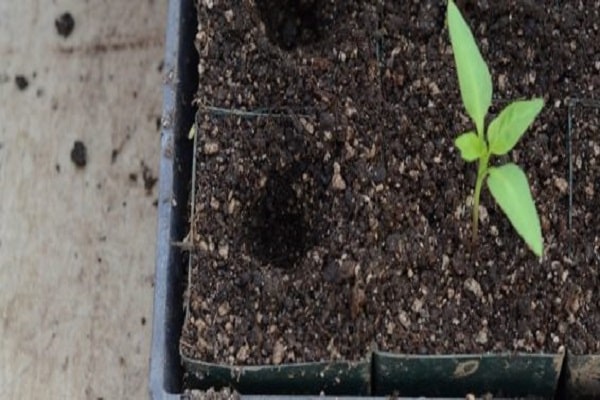
Neighborhood with other plants
It is not recommended to plant turnips in close proximity to "related" crops belonging to the cruciferous family. Absolutely all members of this huge “family” are annoyed by the same pests - flies, bugs, cabbage fleas, aphids, moths, weevils, scoops and so on.
With regard to the compatibility of crops in the garden, experienced gardeners advise planting turnips with peas, lettuce, marjoram, parsley, celery.

Proper crop care
This vegetable is unpretentious and not demanding. It's easy to look after him. The process involves the usual thinning, watering, loosening and fertilizing. Observing all the recommendations below, the gardener will receive a fairly generous harvest - about four kilograms of turnips from one square meter of land.
Top dressing
You can fertilize turnips with both mineral and organic compounds. Top dressing is carried out a maximum of twice during the entire growing season.
From the number of organic fertilizers suitable for feeding, compost, wood ash and bulk manure should be distinguished.
If the soil in which the root crop is planted is fertile enough, you can refrain from additional fertilizing.
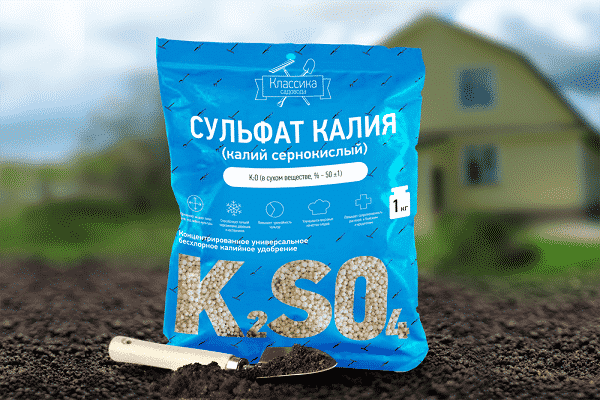
Watering
Turnip is a moisture-loving plant, so it must be watered regularly and abundantly, especially when it comes to a young root crop. For seedlings that have appeared on one square meter of land, 8-10 liters of water will be needed.
During the period when the plant is in the stage of root crop formation, the water consumption is increased to 10-12 liters.
As the root crops mature, the water consumption is gradually reduced to prevent cracking of the root crops. The turnips are watered twice a week, and even less often if there is regular rainfall.
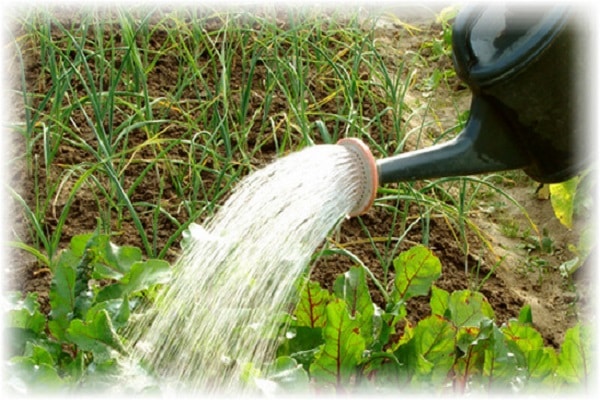
The optimal time is early morning and late evening. Irrigation of young shoots is carried out using a watering can with a fine sieve. Grown and strengthened root crops are treated with a hose. The water for irrigation should not be too cold.
Irregular irrigation affects the palatability of the pulp and the general condition of the root crops: they are noticeably coarse and bitter. Excessive plants rot and lose their ability to withstand the attacks of harmful microbes.
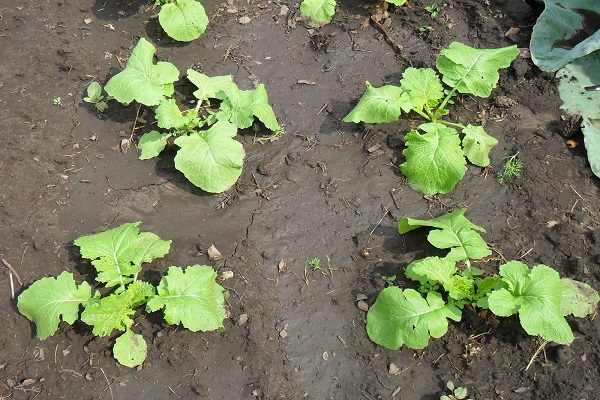
Thinning and weeding
The soil in which the turnip grows must be regularly loosened, simultaneously removing weeds. Otherwise, a crust forms around the plant, which impedes the natural ventilation of the soil. To save themselves the need to loosen the soil after the next watering, some landowners mulch the row spacings with straw.
On the eve of the first loosening, experienced gardeners recommend sprinkling the beds with mustard or ash in order to protect the newly hatched seedlings from the attacks of cabbage fleas.

Soil care
The soil in which the turnip ripens is fed with slurry and a weak solution (0.1%) of boric acid. After watering, wood ash can be added.
If the soil in the garden is fertile, you can do without additional maintenance.
Pest and disease control
The cruciferous flea and the cabbage fly are especially dangerous for turnips (especially at an early stage of development). To scare off these insects, after each watering the garden bed is treated with mustard, ash and tobacco dust, and then the aisles are loosened. In especially critical cases, the beds are sprayed with insecticides, for example, Karbofos.
Among the diseases to which the turnip is susceptible, a special place is occupied by keela, phomosis, bacteriosis, black leg and rot. Plants affected by the disease are removed, and the surviving root crops are treated with decoctions of tomato and potato tops or soapy water. If the disease persists, more aggressive agents are used, for example, Fundazol or Topsin.
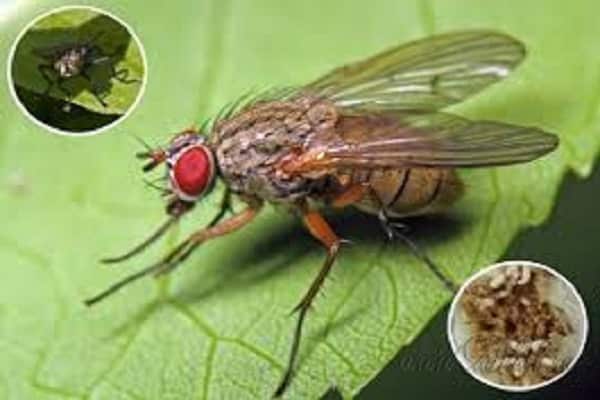
Cleaning and storage
The main task of a gardener who has grown a large crop is to harvest it correctly and keep it as long as possible. The harvest time depends on the variety and climatic characteristics of the region. To preserve for the winter, choose root crops, the diameter of which is equal to or greater than 6 centimeters.
Carefully digging or pulling out the roots (the fruit must remain intact), they are shaken off the ground and dried in a cool, but not damp room. Dried roots are laid out in boxes, sprinkled with sand. The tops are cut off, leaving a centimeter "tail".
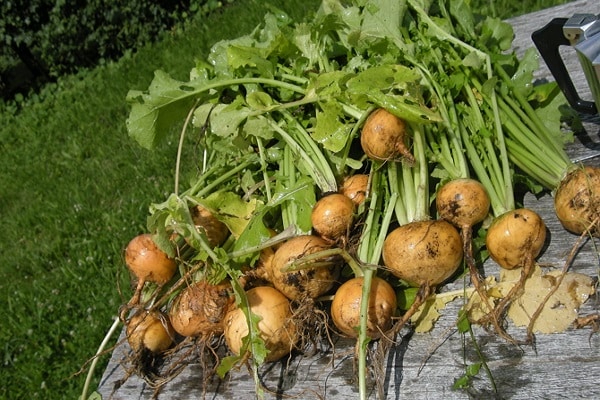
If the storage temperature of turnips does not exceed 3 ° C, the roots will not deteriorate for at least three months. You can store turnips in the refrigerator, after wrapping it in plastic. In such conditions, it will not deteriorate within a month.
If the turnip is kept in a room that is kept at room temperature, it should be eaten within two weeks. After this period, ripe roots will begin to lose their taste and wither.
Turnips frozen as a result of a significant drop in temperature (for example, during unexpected frosts) cannot be stored.
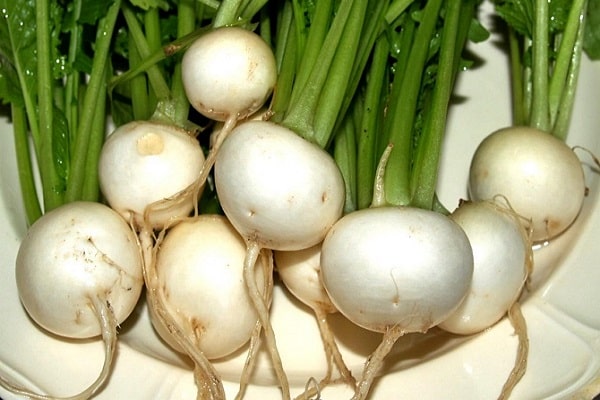

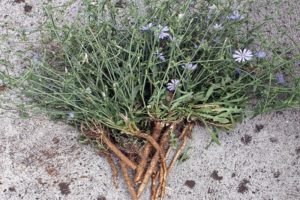
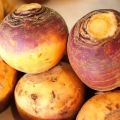

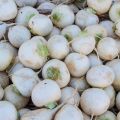
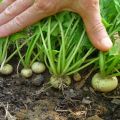
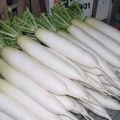
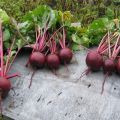
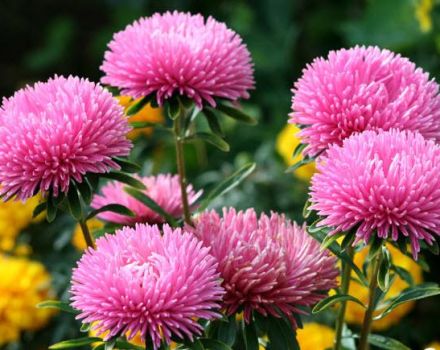
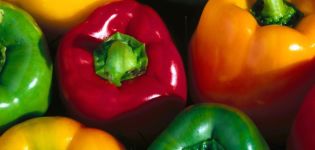
The article is very good.